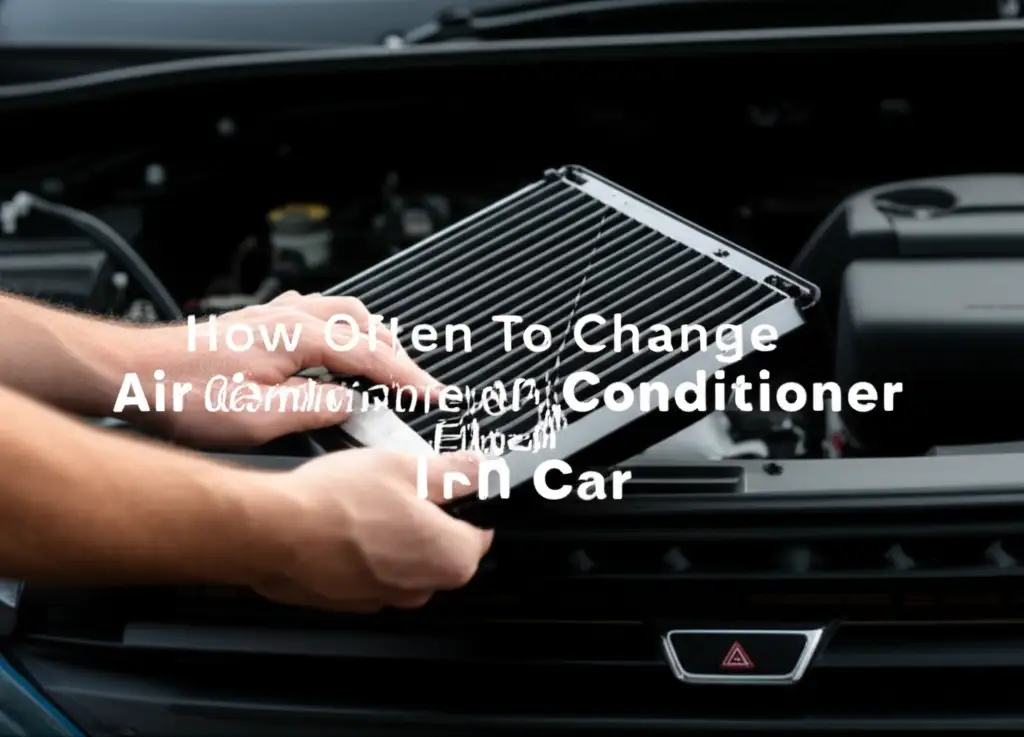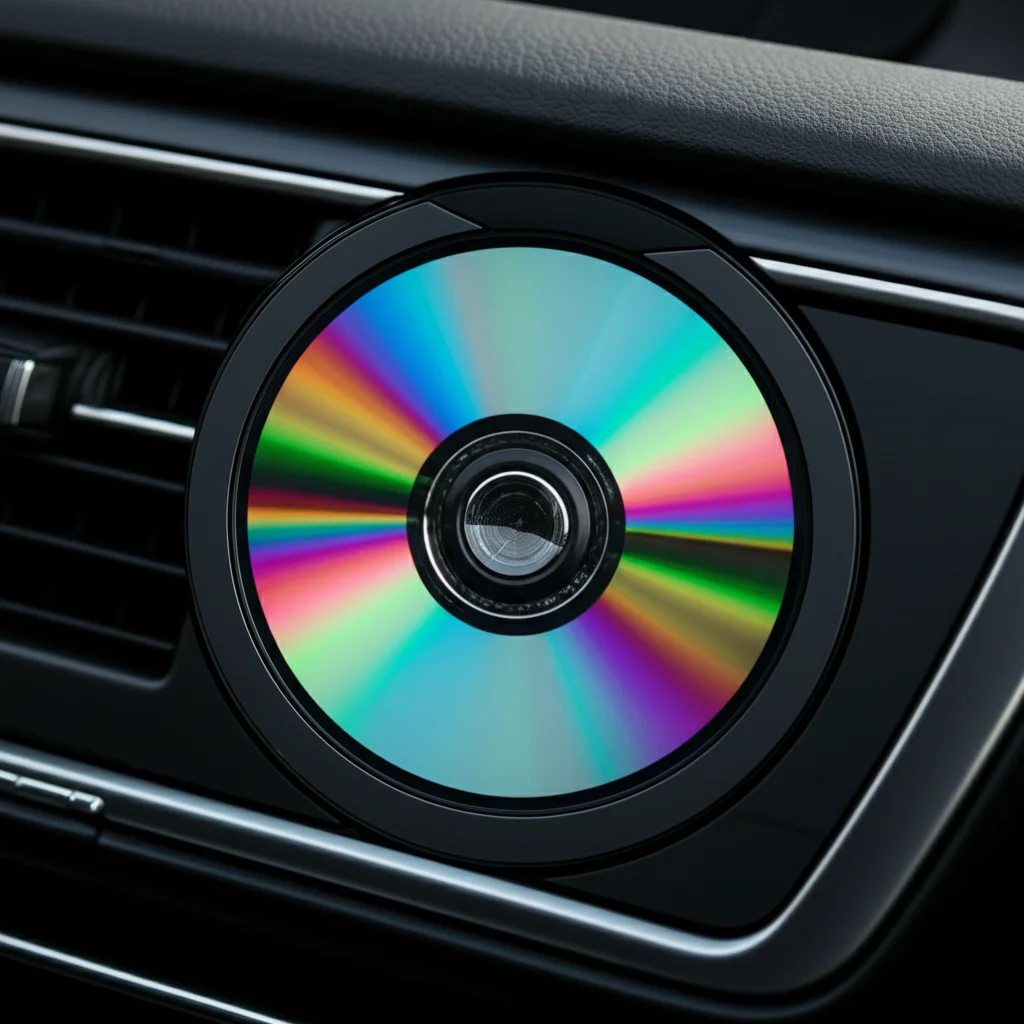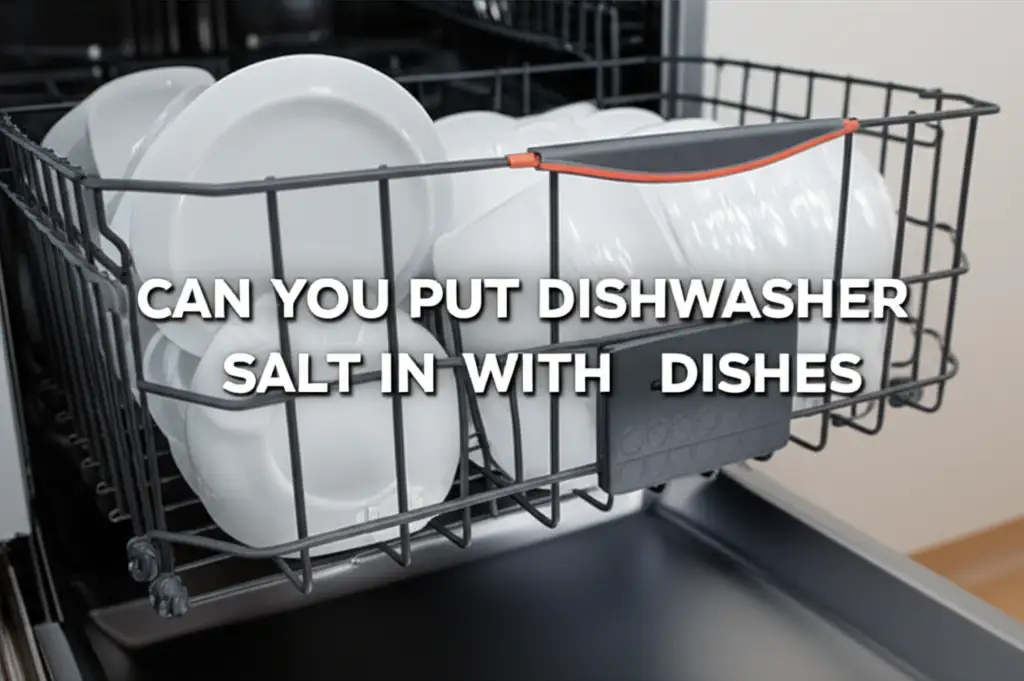· Todd Martin · Car Maintenance · 16 min read
How Often To Change Air Conditioner Filter In Car

How Often To Change Car AC Filter: Your Essential Guide
Imagine stepping into your car. You turn on the air conditioner, expecting a breath of fresh, clean air. But instead, you notice a musty smell or feel weak airflow. This is a common experience for many drivers. It often points to one culprit: a neglected car air conditioner filter. Understanding how often to change your car air conditioner filter is vital. It impacts your health, your car’s performance, and your overall driving comfort.
This article provides a comprehensive guide. We will explore the function of your car’s AC filter. We will discuss the signs that indicate it is time for a change. I will explain the consequences of ignoring filter replacement. You will also learn about choosing the right filter and even how to change it yourself. Maintaining this small but mighty component ensures a healthier and more pleasant driving experience for everyone inside your vehicle.
Takeaway
- Regular Checks: Inspect your car’s air conditioner filter at least once a year.
- Standard Replacement: Plan to replace your filter every 12,000 to 15,000 miles or annually.
- Environmental Factors: Change filters more often if you drive in dusty areas or have allergies.
- Recognize Signs: Look for reduced airflow, bad odors, or increased allergy symptoms.
- DIY or Pro: Replacing the filter is a simple task you can often do yourself, saving money.
Your car’s air conditioner filter needs replacement generally every 12,000 to 15,000 miles or once a year, whichever comes first. This frequency can change based on your driving habits, local environmental conditions, and specific vehicle manufacturer recommendations. Always check your car’s owner’s manual for the precise recommended service interval.
Understanding Your Car’s Air Conditioner Filter
Many car owners overlook a critical component: the cabin air filter. This filter is a key part of your car’s heating, ventilation, and air conditioning (HVAC) system. It plays a vital role in maintaining the air quality inside your vehicle. Thinking about this small filter can make a big difference in your daily drive.
What is a Cabin Air Filter?
A cabin air filter is a pleated paper or synthetic fiber filter. It sits usually behind your glove compartment or under the hood near the windshield. Its design allows it to trap various airborne particles. This includes dust, pollen, soot, and other debris before they enter your car’s interior. Many modern vehicles include this feature to improve passenger comfort.
It is like a mini air purifier for your vehicle. Without it, you would breathe in much more outside pollution. This filter ensures that the air circulated by your car’s AC and heating system is clean. It provides a healthier environment for you and your passengers.
The Role of Your Car’s AC Filter
The primary role of your car’s AC filter, often called a cabin air filter, is to protect the occupants. It prevents outdoor contaminants from entering the cabin. This barrier is especially important for people with allergies or respiratory sensitivities. I know how much better I feel when my car’s air is clean.
Beyond passenger health, the filter also protects your car’s HVAC system itself. It keeps dust and debris from building up on the evaporator core and blower motor. A clean filter helps your AC system run more efficiently. This can prevent costly repairs down the line.
Key Factors Affecting Car AC Filter Life
The lifespan of your car’s air conditioner filter is not fixed. Several factors can shorten its effective life. Understanding these factors helps you determine a more personalized replacement schedule. It is about being proactive in your car maintenance.
Urban vs. Rural Driving
Where you drive most often significantly affects filter wear. Urban areas expose your car to more exhaust fumes, industrial pollutants, and road dust. City driving involves frequent stops and starts, which can pull more air through the system. If you primarily drive in a busy city, your filter will likely clog faster.
Rural driving might seem cleaner, but it often involves dirt roads or agricultural dust. Gravel roads kick up a lot of particulate matter. This can quickly fill up your filter. Both environments present unique challenges for your filter.
Pollen and Pollution Levels
Seasonal changes and regional pollution levels are major contributors. During spring and summer, pollen counts can be extremely high. This fine powder easily gets pulled into your car’s ventilation system. The filter captures it, but this also means the filter gets saturated quickly.
Areas with high industrial pollution or frequent wildfires also shorten filter life. These conditions introduce a higher concentration of fine particles into the air. Your car’s AC filter works harder to protect you in these environments. Changing it more frequently in these conditions makes sense.
Pet Ownership
If you often travel with pets, your car’s air conditioner filter will have a tougher job. Pet dander and hair are significant airborne particles. They can accumulate quickly on your cabin air filter. This is true even if your pets stay in a specific area of the car.
The presence of pet hair and dander can accelerate clogging. It can also contribute to odors if not managed. I always notice a difference when I’ve had my dog in the car a lot. Regular cleaning and filter changes are even more important for pet owners. Maintaining a clean car interior generally, including vacuuming carpets and seats, can also help reduce the burden on your cabin air filter. For more tips on keeping your car fresh, consider checking out articles on how to keep car clean.
Signs It’s Time to Change Your Car Air Conditioner Filter
Your car will often give you clear signals when its air conditioner filter needs attention. Paying attention to these signs can save you from discomfort and potential system issues. I find it helpful to be aware of these subtle changes.
Weak Airflow from Vents
One of the most common indicators is a noticeable decrease in airflow from your AC vents. Even if your fan speed is set high, the air feels weak. This happens because the filter is clogged with debris. It restricts the amount of air that can pass through.
The HVAC system struggles to push air past the blockage. This makes your air conditioning or heating less effective. If you feel like your AC isn’t cooling as well as it used to, or your heater is struggling, a dirty filter could be the cause.
Unpleasant Odors Inside Your Car
A dirty cabin air filter can become a breeding ground for mold, mildew, and bacteria. These microscopic organisms thrive on trapped moisture and debris within the filter material. When your AC system runs, it circulates the stale, musty smell throughout your car.
I have experienced this unpleasant smell myself. It is a clear sign that the filter is contaminated. Replacing the filter often eliminates these odors immediately. This restores the fresh smell inside your vehicle.
Increased Allergy Symptoms
For allergy sufferers, a dirty cabin air filter can turn car rides into a nightmare. A clean filter traps pollen, dust mites, and other allergens. A clogged filter, however, can no longer effectively prevent these irritants from entering the cabin. Instead, it might even release trapped allergens back into the air.
You might notice increased sneezing, coughing, watery eyes, or other allergy symptoms while driving. This is a strong indication that the air quality inside your car is poor. Changing the filter promptly can significantly alleviate these symptoms. It creates a healthier environment for sensitive passengers.
The Impact of a Dirty Car AC Filter
Ignoring a dirty car air conditioner filter has several negative consequences. These effects range from minor annoyances to significant health and mechanical issues. Understanding these impacts highlights the importance of timely replacement.
Health Implications for Occupants
A dirty cabin air filter compromises the air you breathe inside your car. It allows allergens, pollutants, and even harmful exhaust gases to enter the cabin unfiltered. This can lead to various respiratory problems and exacerbated allergy symptoms. People with asthma or other lung conditions are especially vulnerable.
Children and the elderly are also more susceptible to poor air quality. Breathing in contaminated air over long periods can affect everyone’s health. I always prioritize a clean filter for my family’s well-being. Ensuring clean air in your vehicle is just as important as maintaining a clean home. For related information on keeping your indoor air fresh, you might find articles on how to clean air conditioner filter helpful, even though they focus on home units.
Decreased AC System Performance
When your car’s AC filter is clogged, it restricts airflow to the evaporator coil. This forces your AC system to work much harder to push air through the blockage. The fan motor runs at a higher speed. This uses more energy and puts more strain on the system.
You will notice the air conditioning unit struggles to cool or heat the cabin effectively. This also reduces the efficiency of your AC system. Over time, this constant strain can lead to premature wear and tear on components like the blower motor. This can result in costly repairs that could have been avoided.
Potential HVAC System Damage
A severely neglected cabin air filter can cause more than just reduced performance. The reduced airflow can lead to the evaporator coil icing up. This happens because the coil gets too cold without enough warm air passing over it. Ice buildup can block airflow even further.
Persistent strain on the blower motor can cause it to overheat and fail. Replacing a blower motor is a much more expensive repair than a simple filter change. A dirty filter also allows debris to reach other parts of the HVAC system, causing blockages or damage. Preventative maintenance, like timely filter changes, protects your entire HVAC system.
Step-by-Step Guide: Changing Your Car’s Cabin Air Filter
Changing your car’s air conditioner filter is a straightforward task. Most people can do it themselves with minimal tools. It saves money on labor costs and gives you control over the quality of your car’s air. I find it very satisfying to do this simple maintenance myself.
Locating the Filter
The cabin air filter location varies by car model. Most commonly, it is behind the glove compartment. You might need to open the glove box and unclip it from its hinges to access the filter housing. Some cars place it under the hood, near the passenger side windshield. Others put it under the dashboard on the driver’s side.
Always consult your car’s owner’s manual for the exact location and specific instructions. A quick online search for your car’s make and model can also provide helpful diagrams or videos. Knowing where it is makes the process much quicker.
Removing the Old Filter
Once you locate the filter housing, you will usually find clips or latches holding it in place. Carefully unclip these fasteners. Then, slide out the old filter. Take note of the filter’s orientation before you remove it. Filters often have an “airflow” arrow indicating the correct direction.
You will likely see how dirty the old filter is. It can be full of leaves, dust, insects, and other debris. This visual confirmation truly shows why regular changes are necessary. Dispose of the old filter responsibly.
Installing the New Filter
Take your new cabin air filter. Make sure it matches the size and type of the old one. Pay close attention to the airflow arrow on the new filter. It must point in the same direction as the old one did. Usually, the arrow points towards the back of the car or downwards.
Slide the new filter into the housing. Ensure it sits securely and without bending. Re-attach the clips or latches to close the housing. Put back any removed glove compartment components. This simple task can significantly improve your car’s air quality and AC performance. Some people wonder if they can clean their filters. Generally, you cannot clean a car cabin air filter with water. These filters are designed for replacement, not washing. For more on this, you might explore articles on can you clean an air conditioner filter with water, which discusses this concept for different AC filters.
Choosing the Right Replacement Car Air Filter
Selecting the correct cabin air filter is important for optimal performance. There are different types available, each offering varying levels of filtration. Understanding your options helps you make an informed decision for your vehicle and your needs.
Standard Particulate Filters
Standard cabin air filters use pleated paper or synthetic fibers. They effectively capture dust, pollen, leaves, and other large particles. These are the most common type of cabin air filter. They provide good basic protection against common airborne contaminants.
These filters are generally the most affordable option. They are suitable for most drivers who do not have severe allergies or regularly drive in highly polluted areas. They are a significant upgrade over having no filter at all.
Carbon-Activated Filters
Carbon-activated cabin air filters offer enhanced filtration capabilities. In addition to trapping particulate matter, they contain an activated carbon layer. This layer is designed to absorb odors and harmful gases. This includes exhaust fumes, ozone, and other volatile organic compounds (VOCs).
If you live in a city with heavy traffic or frequently experience unpleasant smells, a carbon-activated filter is a great choice. They provide a noticeable improvement in air freshness. They also help reduce allergy symptoms more effectively for some individuals. While they cost a bit more, the benefit to air quality can be worth it. If you’re wondering what is the best air conditioner filter to use for your car, considering a carbon-activated option is often a wise decision.
OEM vs. Aftermarket Options
When buying a replacement filter, you typically have two main choices: Original Equipment Manufacturer (OEM) or aftermarket. OEM filters are made by your car’s manufacturer. They are designed to fit perfectly and meet specific performance standards. They often come with a higher price tag.
Aftermarket filters are made by other companies. They can offer a similar level of filtration at a lower cost. Ensure that any aftermarket filter you choose meets or exceeds your car manufacturer’s specifications. Read reviews to confirm quality and fit. I usually check both options to find the best balance of price and performance.
Beyond the Filter: Other Car Air Quality Tips
While changing your car’s air conditioner filter is crucial, other practices contribute to superior in-car air quality. A holistic approach ensures a truly fresh and healthy cabin environment. These extra steps complement your filter maintenance.
Keep Your Car Interior Clean
Dust, dirt, and debris accumulate rapidly inside your car. These particles can become airborne and be drawn into your HVAC system. Regular vacuuming of carpets and upholstery helps remove these sources. Wiping down hard surfaces also prevents dust buildup.
A consistently clean interior reduces the overall load on your cabin air filter. It also creates a more pleasant atmosphere. Think of it as a clean foundation for fresh air. For comprehensive cleaning strategies, you might find tips on how to deep clean your car very useful.
Address Moisture Issues
Moisture trapped within your car’s interior can lead to mold and mildew growth. This can contribute to musty odors and unhealthy air. Check for leaks around windows or the sunroof. Ensure your car mats and carpets are dry, especially after rain or snow.
Using your AC in “recirculate” mode too often can sometimes trap moisture inside. Occasionally run your AC on fresh air mode to circulate drier air. Addressing moisture prevents the growth of odor-causing microbes.
Regular HVAC System Checks
Beyond the filter, the entire HVAC system benefits from occasional professional inspection. Technicians can check for refrigerant levels, clean ducts, and ensure all components function correctly. They can also identify and fix any minor issues before they become major problems.
This comprehensive approach guarantees that your car’s air conditioning and heating system performs at its best. It ensures that the air you breathe is as clean and fresh as possible. Regular professional checks, combined with your diligent filter changes, provide peace of mind.
FAQ Section
Can I clean my car AC filter instead of replacing it? Most car AC filters are not designed for cleaning. They are made of paper or synthetic fibers that trap contaminants deeply. Washing them with water or shaking them out can damage the filter media. This reduces its effectiveness. Always replace your cabin air filter when it is dirty.
How much does a car AC filter change cost? The cost of changing a car AC filter varies. The filter itself typically costs between $15 and $50, depending on your car model and filter type. If you have a mechanic replace it, expect to pay an additional $30 to $100 for labor. Doing it yourself saves you the labor cost.
Where is the cabin air filter located in my car? The cabin air filter is most commonly located behind the glove compartment in passenger cars. It can also be found under the hood near the firewall or beneath the dashboard on the driver’s side. Consult your car’s owner’s manual for the exact location specific to your vehicle model.
Does a dirty cabin air filter affect gas mileage? A dirty cabin air filter does not directly affect your car’s gas mileage in the same way an engine air filter might. However, it forces your HVAC system’s blower motor to work harder. This increased strain on the electrical system can indirectly put a slight additional load on your engine. This might lead to a marginal decrease in fuel efficiency.
What kind of car air filter should I buy? You should buy a filter that fits your car’s make and model. You can choose between standard particulate filters and carbon-activated filters. Standard filters are good for basic filtration. Carbon-activated filters offer better odor and gas absorption. Check your owner’s manual for specific filter requirements or recommendations.
Conclusion
Maintaining your car’s air conditioner filter is a small task with significant benefits. Knowing how often to change your car air conditioner filter ensures you and your passengers breathe clean, fresh air on every journey. This simple maintenance step improves your health, enhances your car’s AC performance, and prevents costly repairs down the road. It ensures a truly comfortable ride.
Regularly checking and replacing your cabin air filter is a vital part of your vehicle’s overall care. It takes little effort but yields large rewards in terms of air quality and system longevity. Make it a routine part of your car maintenance schedule. You will breathe easier, and your car will thank you for it. Prioritize this simple change to drive in comfort and health.
- car air filter
- cabin air filter change
- vehicle maintenance tips
- automotive air conditioning
- air quality in car





